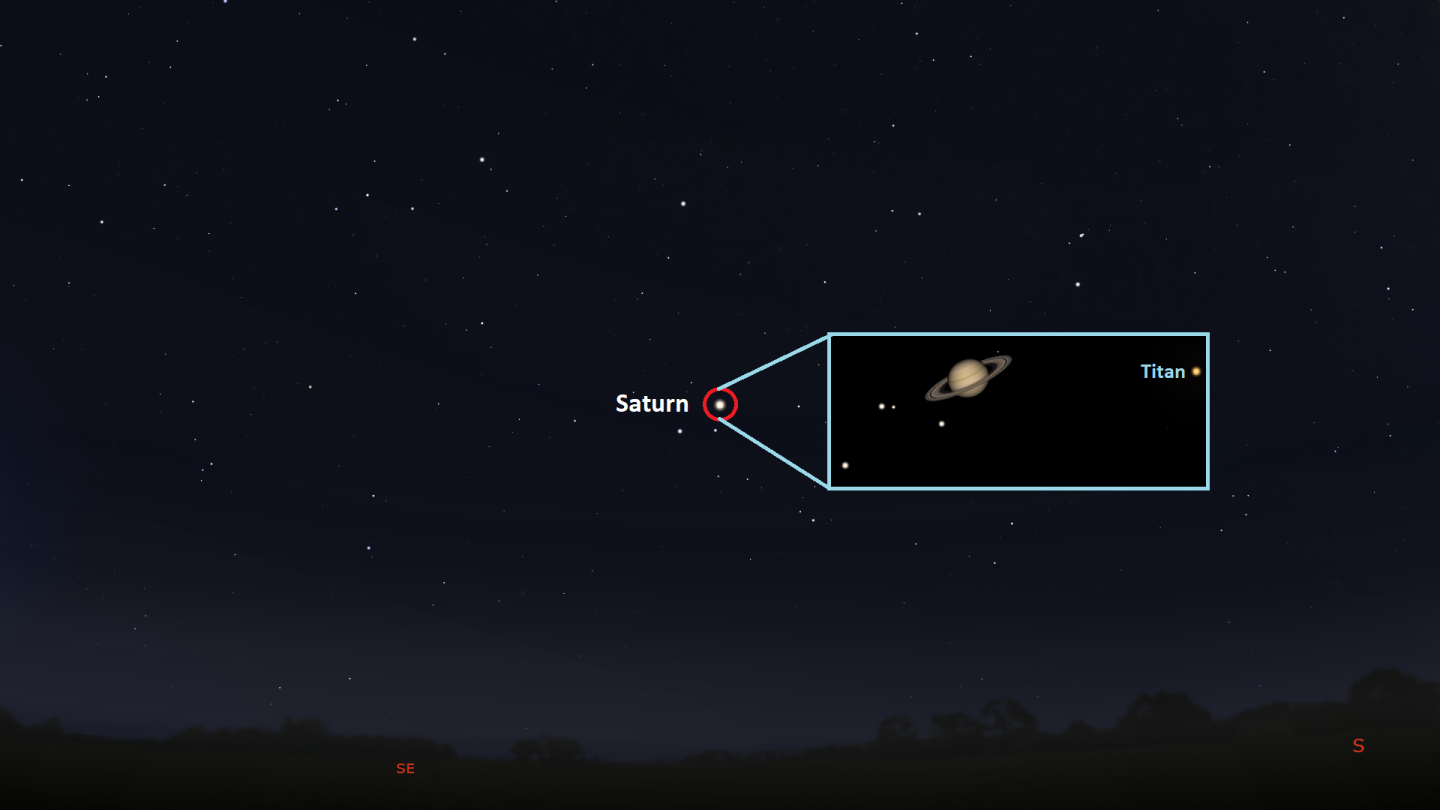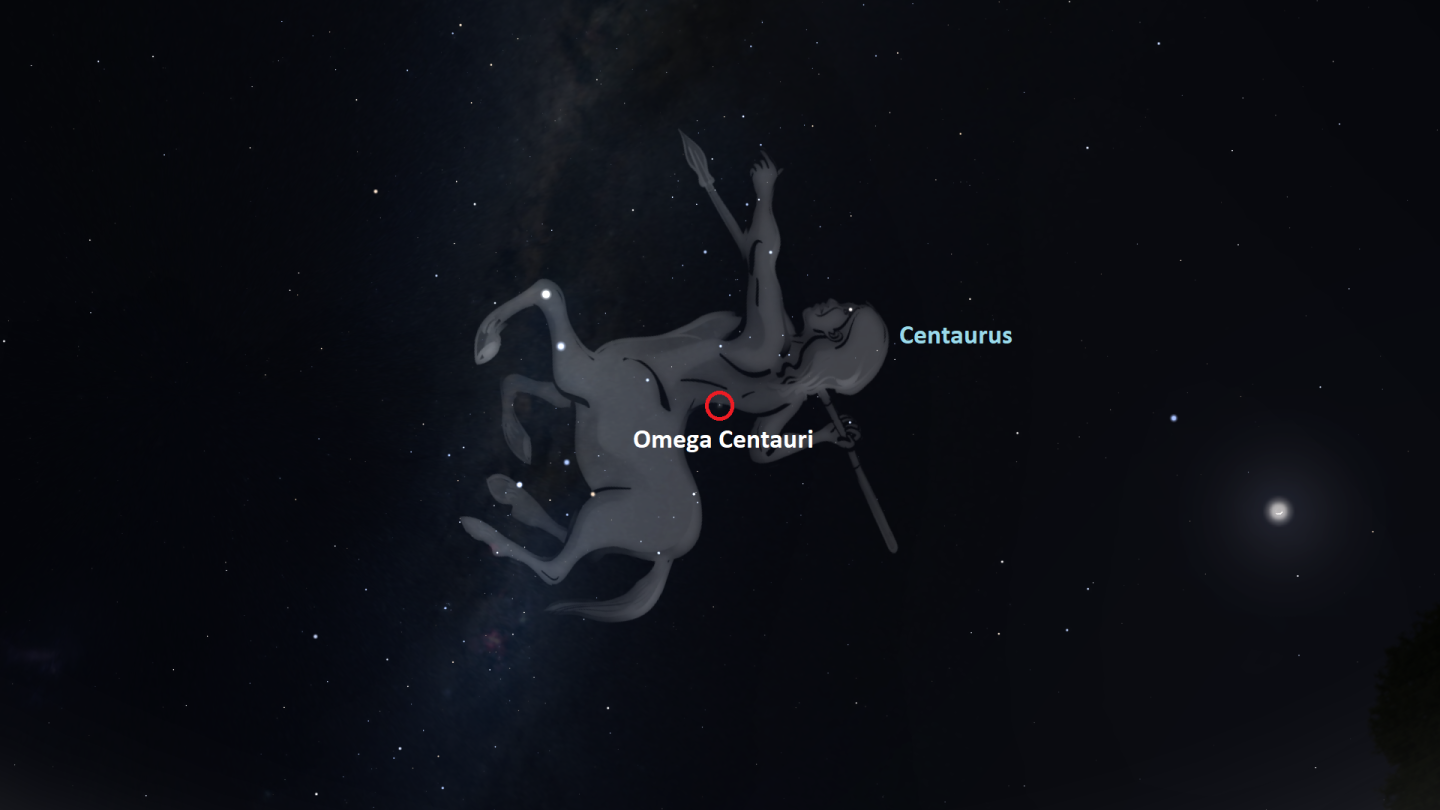
Discover what to see in the night sky in August 2022, including the Perseids meteor shower and the gas giant Saturn
Top 3 things to see in the night sky in August
- Throughout the month - Spot the Summer Triangle
- 12/13 August - Look up! It's the peak of the Perseids meteor shower
- 14 August - Saturn reaches opposition
(Details given are for London and may vary for other parts of the UK)
Look Up! Podcast
Subscribe and listen to the Royal Observatory Greenwich's podcast Look Up! As well as taking you through what to see in the night sky each month, Royal Observatory Greenwich astronomers pick a topic to talk about.
For August they're talking about the spectacular images taken by the James Webb Space Telescope. Have a listen below, then vote for your favourite JWST image in our Twitter poll (@ROGAstronomers) during the first week of August.
Our podcast is available on iTunes and SoundCloud
Astronomy in August 2022: key events and what to see
Throughout the month: Spot the Summer Triangle

Summer brings with it the Summer Triangle, an asterism made up of the stars Vega, Deneb and Altair. These are the brightest stars of the constellations Lyra, Cygnus and Aquila respectively. Vega is the brightest star in the Summer Triangle and it is younger than our solar system and around twice the size of our Sun. Like the Sun, Vega is predominantly composed of hydrogen and is a main sequence star. This means that it is fusing hydrogen at its core to form helium, releasing enormous amounts of energy.
Vega is one of the brightest stars in the sky, and is very near to our current North Star, Polaris. The North Star actually changes over the course of millennia thanks to the Earth’s precession, with this wobble altering where in the sky the Earth’s axis of rotation is pointing towards. Several thousand years ago, Vega was the North Star, and will be again in around 12,000 years’ time.
Throughout the month: Enjoy a celestial cuppa

If you enjoy a cup of tea, why not treat yourself to a celestial cuppa. Lying low above the southern horizon is the constellation of Sagittarius, home to a well-known asterism, or pattern of stars, called “The Teapot”. Under good sky conditions, our home galaxy the Milky Way appears as steam rising out of the spout of the teapot with the centre of the galaxy lying to the upper right of the tip of the spout.
There are some wonderful deep sky objects near the teapot – first up is NGC 6553, a gorgeous globular star cluster which lies to the west of the teapot’s lid. For the next object, follow the Milky Way as it rises up from the teapot’s spout and you’ll find the open star cluster M25. Continue a bit further along the Milky Way and you’ll spot M16, the famous Eagle Nebula. If you’ve got a telescope and a good view of the southern horizon, make sure to add these objects to your viewing list and use the dark skies around the beginning of the month to explore these cosmic teatime treats.
12/13 August: It's the peak of the Perseids meteor shower

One of the most exciting events of the year is the annual Perseids meteor shower, peaking on the night of the 12th and before dawn on the 13th. The radiant for this cosmic show lies in the Perseus constellation, which for those of us in the UK is almost circumpolar, meaning it never fully sets. This year’s peak unfortunately falls around the time of the full moon, so light conditions will be particularly bad. Dark and clear skies are always best for seeing meteors, but don’t be discouraged from trying to spot some this month.
Meteor showers typically occur when debris from larger asteroids or comets enter the Earth’s atmosphere and begin to heat up due to the friction created against air particles. The origin of the Perseids was discovered in 1862 by two astronomers independently of each other, and so was named after them both as the Swift-Tuttle Comet. A relatively large comet at around 26 km across, it’s thought to be around twice the size of the asteroid that may have killed the dinosaurs! Luckily for us, Swift-Tuttle is not on a collision course with Earth, instead orbiting the Sun once every 133 years, and was last visible from Earth in 1992.
14 August: Saturn reaches opposition

The gas giant Saturn reaches opposition on 14 August. When a planet is in opposition, it means the Earth is directly between it and the Sun, making the planet appear bigger and brighter to us. This means that this is the best time to have a look at the second-largest planet in our solar system. Saturn will be visible to the naked eye, but grab a telescope or even just a pair of binoculars to have a spectacular view of Saturn and its stunning ring system.
Keep an eye out for the moons of Saturn and see if you can spot Titan, Saturn’s largest moon. It is the only moon in the entire solar system that has an atmosphere, and the only other solar system body that has liquid on its surface. But don’t expect to find liquid water on Titan, the temperature is far too cold for water to exist in a liquid state. What you will find are lakes of liquid methane and ethane.
Southern Hemisphere - Throughout the month: Observe a stellar swarm

Would you like to look at the largest and brightest globular cluster in the sky? Well, if you’re in the southern hemisphere you’re in luck as you’ll have the best views! Omega Centauri, located in the constellation Centaurus, is one of the few globular clusters that can be spotted by the unaided eye, and resembles a small cloud in the southern sky. This ancient star cluster, estimated to be around 12 billion years old, contains nearly 10 million stars – the core of the cluster contains a whopping 100,000 stars alone!
Studies of this globular cluster have revealed that it contains multiple stellar populations, meaning that its stars formed during different eras. This discovery has led some to suggest that Omega Centauri was once a dwarf galaxy that was captured by the Milky Way and had its outer stars stripped away. This is definitely a globular cluster you will want to have a look at, either with the naked eye, or a steady hand and a good set of binoculars.
Shop Royal Observatory Greenwich binoculars
The Moon's phases this month
- 5 August: first quarter moon (12:07 pm)
- 12 August: full moon (2:36 am)
- 19 August: last quarter moon (5:36 am)
- 27 August: new moon (9:17 am)
If you're a fan of the Moon, then see some the shortlisted images in the 'Our Moon' category of the 2022 Astronomy Photographer of the Year competition.
Stargazing Tips
- When looking at faint objects such as stars, nebulae, the Milky Way and other galaxies it is important to allow your eyes to adapt to the dark so that you can achieve better night vision.
- Allow 15 minutes for your eyes to become sensitive in the dark and remember not to look at your mobile phone or any other bright device when stargazing.
- If you're using a star app on your phone, switch on the red night vision mode.
See our range of observing equipment
Share your pictures
This month's banner image is 'Iceland Vortex' by Larryn Rae. It was one of the shortlisted images in the Astronomy Photographer of the Year competition.
Do you have any images of the night sky? If so, why not share your photos via our Royal Observatory Astrophotography Facebook group.
You can also connect with us via Twitter: @ROGAstronomers
Planetarium Shows
Join us for live planetarium shows
Royal Observatory Greenwich YouTube Channel
Subscribe to our YouTube channel and join us on a journey through time and space as we explore our Universe. You'll find a selection of videos on our channel, including our Observatory Online video series in which our astronomers explore different topics in astronomy and space exploration.
Resources for teachers and students
The Royal Observatory Greenwich's learning team has also created:
- Free animated videos that answer the biggest questions in astronomy and free resources to go alongside them.
- A whole host of podcasts featuring interviews with real space scientists, astronauts and active researchers working in UK universities.
- A 'learning at home' hub which contains a suite of resources for you to use at home.





